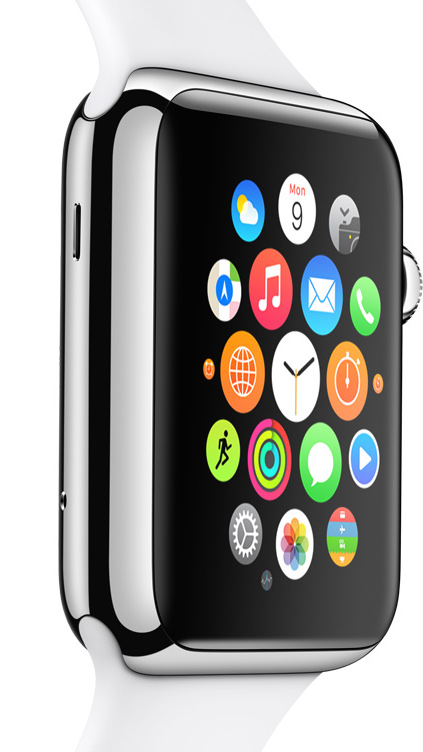The modern age of the mobile web was heralded by Apple in 2007 with the introduction of the iPhone. Apple set to redefine what a mobile phone could be, but what nobody expected was how it caused a paradigm shift in computing, one from our desktop to our pocket. With it came the invention of modern web techniques to cater to the growing mobile audience like responsive design and a renewed focus on performance. We began to take for granted the notion that the entire world wide web is accessible wherever we are. Today support for mobile is no longer a luxury, it’s an imperative.
Almost eight years later, another paradigm shift in computing is rapidly approaching: from our pocket to our wrist. Google introduced Android Wear last year, and Apple will be launching its Apple Watch on April 24th. Wearable computing opens up exciting new possibilities, but it also raises many questions about how we’ll be using them. What is the primary use for a smart watch? To tell time? To track health and fitness? How will it practically extend what is already available on our phones? We simply won’t know until we try them on and settle in.
But what does a smart watch mean for the web specifically? Apple’s known to be an opinionated company, so let’s take a look at what they think a watch should do. Refer to this image showing the default apps loaded on the Apple Watch.

If you’re an iPhone or Mac user, and if you look closely enough, you might notice something missing. There’s no Safari icon. There’s no mention of the web at all on their page describing built-in functionality. Apple has predicted that browsing the web on a watch isn’t something people will be clamoring for. I agree wholeheartedly. With the largest Apple Watch having a screen size of 42mm, it’s hardly going to be a fun experience panning and zooming around your favorite site, let alone trying to type in the address of the site you’d like to visit.
If we agree that it would be less than optimal to browse the web on your wrist, what does this mean overall for the mobile web? Is it doomed as we gradually transition to wearable computing?
The Web is dead, long live the Web
Apple clearly believes that the future lies with apps. This has been a trend for many years since the introduction of the App Store for iOS, and with the Apple Watch it will be the only way to accomplish your favorite activities. What it means for the modern software designer is to think in terms of services and to ensure that service oriented architecture is baked in from the beginning.
Many of the apps you already know and love wouldn’t be possible without the web services and APIs that were built to support them. There are countless examples, but email and social media are ones that are ubiquitous. If you have a Gmail account you can access your email in a number of different ways. Open gmail.com in your browser, open up your mail client, install the Gmail app on your phone. All of these talk to the same service that Google provides behind the scenes. Facebook and Twitter are other examples. There are a number of Twitter apps that you can install or you can visit twitter.com in your browser. Any way you access will read from and write to the same set of core data.
At Tenet Partners the tools we build to help manage brands — whether it be online guidelines, a digital asset manager, or a brand review tool — are designed for the service enabled world.
Nowadays, the web is powered by these services, and they enrich our lives by the possibilities they enable on web sites and apps across all the devices we use. In that regard the Apple Watch will be no different. I’m excited for the potential of wearable computing, and can’t wait to see how it will change my daily life. I don’t think I’ll miss that Safari icon at all.
